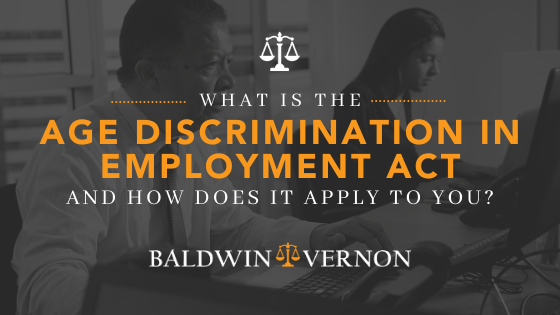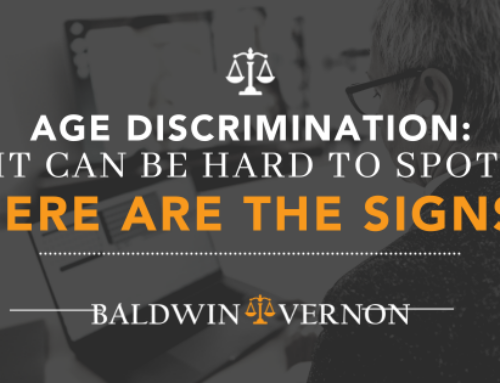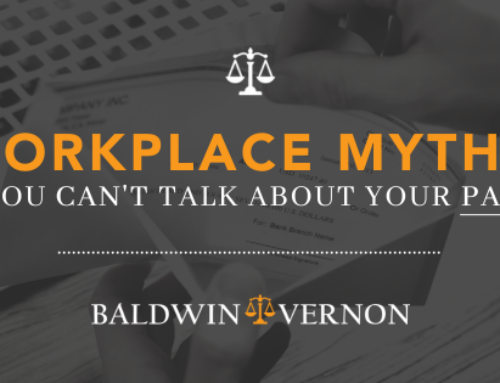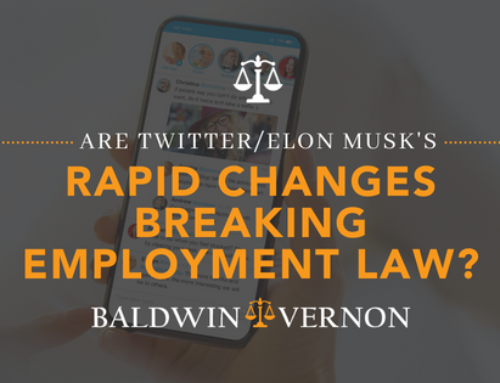In 1967, three years after Congress put in place the Civil Rights Act which prevented workplace discrimination based on race, color, national origin, religion, or sex, Congress passed the Age Discrimination in Employment Act (ADEA). The ADEA of 1967 protected individuals over the age of 40, and put them on an even playing field when it comes to being hired, getting fired, and being subject to promotions, benefits, layoffs and trainings. In addition to the ADEA, most states have now passed laws making age discrimination in employment illegal. However, under the Missouri Human Rights Act, the state law only protects those between the ages of 40 and 70 — allowing for employers to discriminate against employees over the age of 70.
Origin
The ADEA legislation responded to employers’ rampant and blatant discrimination against older people. Before this legislation it was common for employers to include age restrictions in help wanted advertising (e.g., soliciting applicants under thirty-five) and to require workers to retire at a fixed chronological age (e.g., sixty-five). Passage of a law forbidding discrimination on the basis of age, however, has not eliminated age discrimination. To be sure, age discrimination now tends to be less overt than it was before the ADEA. Nevertheless, throughout the 1990s an average of more than fifteen thousand charges of age discrimination were filed annually with the EEOC.
The actual number of instances of age discrimination, however, is estimated to be many times larger. Although employers routinely favor hiring younger applicants over older ones (past age forty), formal charges of this type of discrimination are uncommon. An AARP survey found that only 3 percent of older employees have ever made a formal complaint of age discrimination to a government agency or someone in the workplace, which means there are probably hundreds of thousands more who simply accept the job rejections, shrug off the denials for promotion, withstand the workplace harassment or take the offer of early retirement. Furthermore, approximately 90 percent of all age discrimination charges are settled before official complaints are filed.
Why was it needed?
The occurrence of age discrimination in the workplace depends both on the demand for labor in the marketplace and employers’ perceptions of older people’s competence. A tight labor market, for example, discourages employers from practicing age discrimination. Several studies have examined management attitudes toward older workers. An AARP-funded survey interviewed senior human resource executives in four hundred companies in 1989, and Louis Harris and Associates interviewed over four hundred senior human resource managers in a 1992 survey. Both of these studies, as well as earlier ones, found that despite generally positive attitudes expressed toward older workers by the “gatekeepers” of employment, two areas of concern were widespread. First, there was a pervasive perception that older workers were more costly because of health care, pensions, and other fringe benefits.
The perceived and real costs of providing benefits can serve as an economic incentive to discriminate against older workers. Second, there was a widespread perception of older workers as less flexible, less technically competent, and less suitable for training. Studies of older workers tend to refute the stereotypical view that they are less productive than younger workers. Although some physical and mental capacities decline with age (e.g., speed and reaction time), these changes tend to be small until advanced ages and may be compensated for by greater experience. At every age there is wide diversity of abilities and learning potential, so basing employment decisions on job-related criteria rather than arbitrary and misconceived notions about age is a fairer and more efficient use of people’s skills.
What is prohibited under the ADEA
Under the ADEA, it is unlawful to discriminate against a person because of his or her age with respect to any term, condition, or privilege of employment, including hiring, firing, promotion, layoff, compensation, benefits, job assignments, and training. Harassing an older worker because of age is also prohibited.
It is also unlawful to retaliate against an individual for opposing employment practices that discriminate based on age or for filing an age discrimination charge, testifying, or participating in any way in an investigation, proceeding, or litigation under the ADEA.
The ADEA permits employers to favor older workers based on age even when doing so adversely affects a younger worker who is 40 or older.
If you feel you have been subjected to discrimination based upon your age, please contact an employment attorney to discuss your options and to know your rights under the law.







